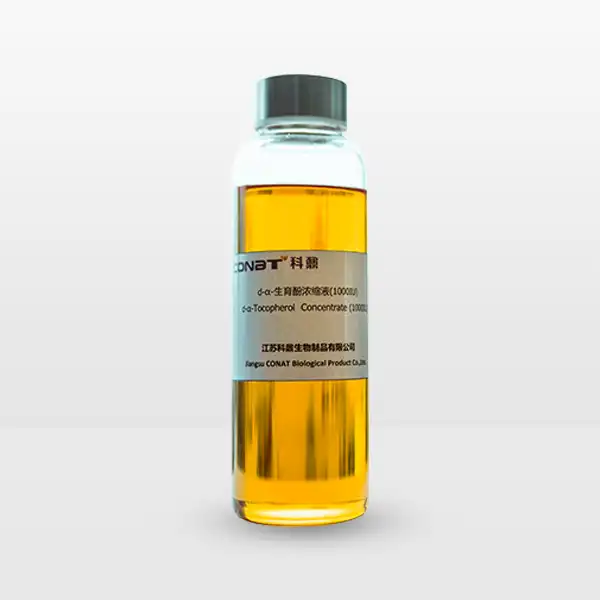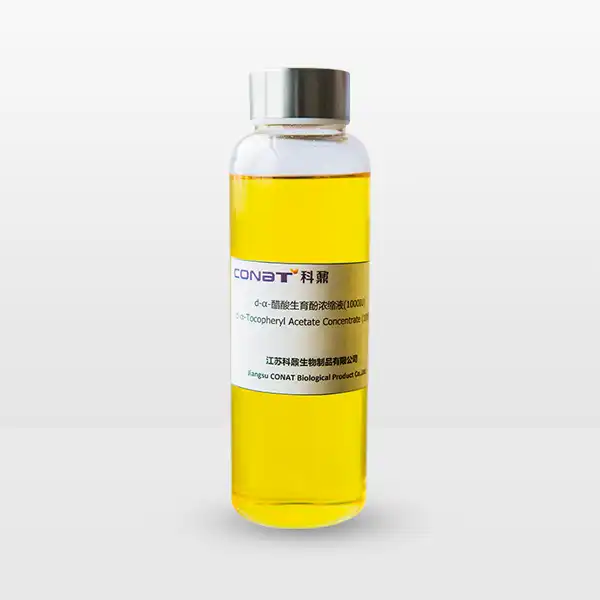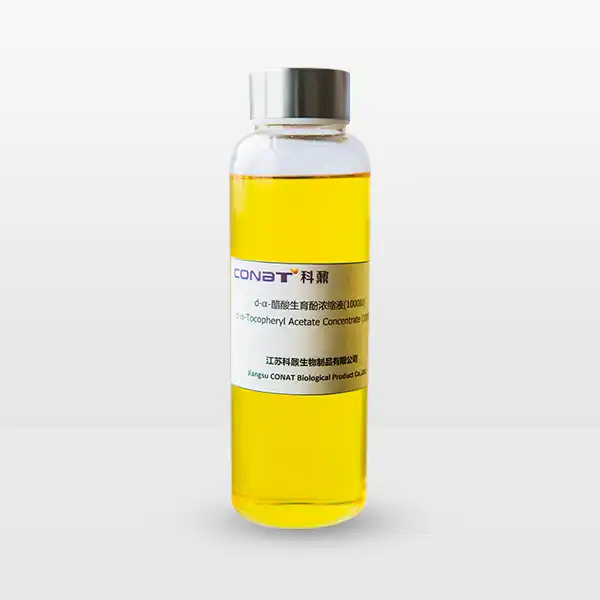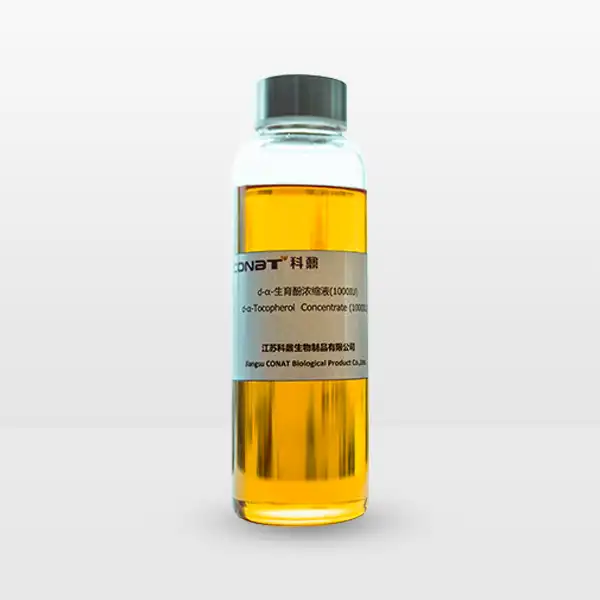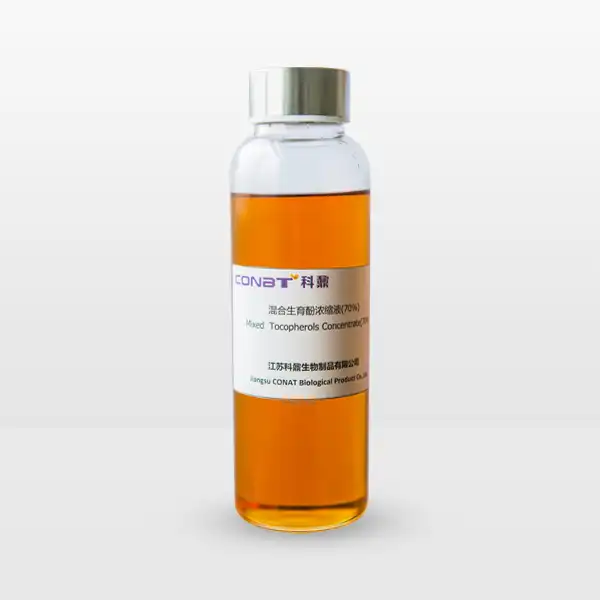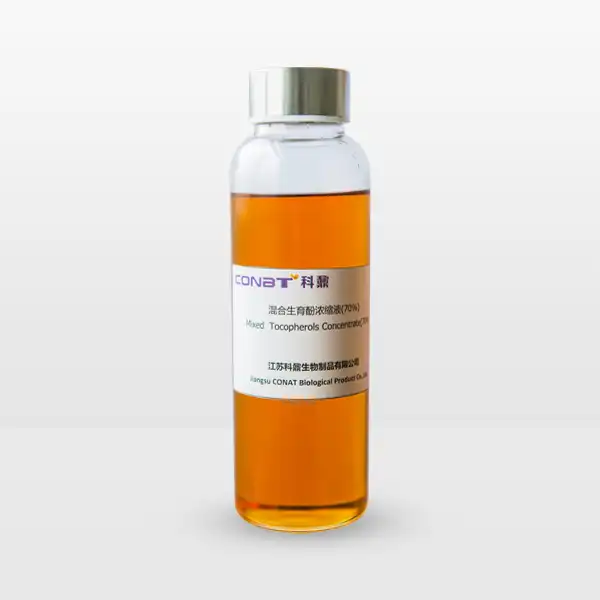- English
- French
- German
- Portuguese
- Spanish
- Russian
- Japanese
- Korean
- Arabic
- Greek
- German
- Turkish
- Italian
- Danish
- Romanian
- Indonesian
- Czech
- Afrikaans
- Swedish
- Polish
- Basque
- Catalan
- Esperanto
- Hindi
- Lao
- Albanian
- Amharic
- Armenian
- Azerbaijani
- Belarusian
- Bengali
- Bosnian
- Bulgarian
- Cebuano
- Chichewa
- Corsican
- Croatian
- Dutch
- Estonian
- Filipino
- Finnish
- Frisian
- Galician
- Georgian
- Gujarati
- Haitian
- Hausa
- Hawaiian
- Hebrew
- Hmong
- Hungarian
- Icelandic
- Igbo
- Javanese
- Kannada
- Kazakh
- Khmer
- Kurdish
- Kyrgyz
- Latin
- Latvian
- Lithuanian
- Luxembou..
- Macedonian
- Malagasy
- Malay
- Malayalam
- Maltese
- Maori
- Marathi
- Mongolian
- Burmese
- Nepali
- Norwegian
- Pashto
- Persian
- Punjabi
- Serbian
- Sesotho
- Sinhala
- Slovak
- Slovenian
- Somali
- Samoan
- Scots Gaelic
- Shona
- Sindhi
- Sundanese
- Swahili
- Tajik
- Tamil
- Telugu
- Thai
- Ukrainian
- Urdu
- Uzbek
- Vietnamese
- Welsh
- Xhosa
- Yiddish
- Yoruba
- Zulu
What are the Key Ingredients in Pine Phytosterol Powder?
Pine phytosterol powder represents a fascinating nutritional supplement derived from the natural compounds found in pine trees. As a concentrated source of plant-based sterols, this powerful powder has garnered significant attention in the health and wellness industry for its potential therapeutic properties. Extracted through sophisticated processes that capture the essence of pine tree components, phytosterol powder offers a unique approach to supporting human health, particularly in areas of cardiovascular wellness and metabolic balance.
How Do Pine Phytosterols Support Cholesterol Management?
The intricate world of cholesterol management has long been a challenge for medical professionals and individuals seeking optimal health. Pine Phytosterol Powder emerge as a remarkable natural solution in this ongoing battle against elevated cholesterol levels. At the molecular level, these plant-based sterols possess a remarkable structural similarity to cholesterol, which enables them to play a crucial intervention role in the body's lipid absorption mechanisms.
When consumed, pine phytosterols work through a sophisticated biological process known as competitive inhibition. These compounds essentially mimic cholesterol's molecular structure, strategically positioning themselves in the intestinal absorption sites. This positioning creates a natural blockade that significantly reduces the body's ability to absorb dietary cholesterol. Scientific research has consistently demonstrated that regular consumption of phytosterols can lead to a substantial reduction in low-density lipoprotein (LDL) cholesterol, often referred to as "bad" cholesterol.
The mechanism is particularly fascinating from a biochemical perspective. Phytosterols compete with cholesterol for micelle formation in the intestinal lumen, effectively reducing cholesterol absorption by approximately 30-40%. This natural intervention occurs without introducing synthetic chemicals or causing significant metabolic disruptions. Numerous clinical studies have validated the efficacy of phytosterols, with some research indicating potential LDL cholesterol reductions of up to 10% with consistent consumption.
Moreover, pine phytosterols demonstrate remarkable versatility in cholesterol management. They can be integrated into various dietary formats, including powders, capsules, and functional foods. This adaptability makes them an attractive option for individuals seeking natural approaches to cardiovascular health. The powder form, in particular, offers enhanced convenience and flexibility in consumption, allowing users to incorporate these beneficial compounds into their daily nutritional regimen with ease.
What Makes Pine Phytosterol Powder a Unique Nutritional Supplement?
The uniqueness of pine phytosterol powder extends far beyond its cholesterol-managing capabilities, representing a sophisticated blend of botanical extraction and nutritional science. Unlike many synthetic supplements, pine phytosterols are derived through meticulous extraction processes that preserve the natural integrity of plant compounds, ensuring maximum biological effectiveness and minimal processing interventions.
The extraction methodology plays a critical role in determining the quality and potency of pine phytosterol powder. Advanced techniques such as supercritical CO2 extraction and molecular distillation are employed to isolate these valuable plant sterols with unprecedented precision. These methods ensure the removal of potential contaminants while maintaining the delicate molecular structure of phytosterols, which is essential for their therapeutic potential.
Pine trees, particularly species like Pinus massoniana and Pinus sylvestris, serve as primary sources for these remarkable compounds. The geographical origin, climate conditions, and specific botanical characteristics of these pine species significantly influence the phytosterol content. Researchers have discovered that different pine species can yield varying concentrations and types of phytosterols, creating a complex landscape of nutritional potential.
The compositional profile of pine phytosterol powder is remarkably diverse. Beyond beta-sitosterol, which is the most prevalent phytosterol, the powder typically contains a range of plant sterols including campesterol, stigmasterol, and lesser-known derivatives. Each of these compounds contributes unique properties to the overall nutritional profile, creating a synergistic effect that enhances the supplement's potential health benefits.
Technological advancements have further expanded the applications of pine phytosterol powder. Nanotechnology and microencapsulation techniques have been developed to improve bioavailability and absorption, addressing previous limitations in phytosterol supplementation. These innovations allow for more efficient delivery of phytosterols at the cellular level, potentially enhancing their therapeutic impact.
The sustainability aspect of pine phytosterol powder adds another layer of significance. As a byproduct of the forestry industry, the extraction of these compounds represents an environmentally conscious approach to nutritional supplementation. By utilizing materials that might otherwise be discarded, manufacturers can create valuable health products while supporting ecological balance.
Can Pine Phytosterols Improve Overall Heart Health?
The relationship between pine phytosterols and heart health represents a compelling narrative in preventive nutrition and cardiovascular research. Beyond cholesterol management, these remarkable compounds demonstrate a multifaceted approach to supporting the intricate cardiovascular system through various biological mechanisms.
Emerging scientific research suggests that pine phytosterols possess potent anti-inflammatory properties that extend their benefits beyond lipid management. Chronic inflammation represents a significant underlying factor in cardiovascular disease progression, and phytosterols have shown promising potential in mitigating inflammatory responses. By modulating inflammatory markers and reducing oxidative stress, these compounds contribute to a more comprehensive approach to heart health maintenance.
The antioxidant capabilities of pine phytosterols further enhance their cardiovascular protective potential. Free radicals, which can cause significant cellular damage, are effectively neutralized by the molecular structure of these plant sterols. This antioxidant activity helps protect blood vessel walls, potentially reducing the risk of atherosclerosis and maintaining endothelial function.
Clinical studies have increasingly highlighted the role of pine phytosterols in comprehensive cardiovascular risk reduction. Unlike single-target interventions, these compounds offer a holistic approach by simultaneously addressing multiple risk factors. They not only help manage cholesterol levels but also support overall metabolic health, demonstrating potential benefits in insulin sensitivity and glucose metabolism.
The potential of Pine Phytosterol Powder extend to supporting optimal blood pressure regulation. Some research indicates that these compounds might help reduce arterial stiffness and improve blood vessel elasticity, crucial factors in maintaining healthy blood pressure levels. This multifaceted approach positions pine phytosterols as a promising natural intervention in cardiovascular wellness strategies.
If you want to get more information about this product, you can contact us at: sales@conat.cn.
References
1. Ostlund, R. E. (2002). Phytosterols in human nutrition. Annual Review of Nutrition, 22(1), 533-549.
2. AbuMweis, S. S., & Jones, P. J. (2008). Plant sterols: extraction and their potential role in managing blood cholesterol levels. Comprehensive Reviews in Food Science and Food Safety, 7(4), 340-356.
3. Racette, S. B., et al. (2010). Dose effects of dietary phytosterols on cholesterol metabolism. The American Journal of Clinical Nutrition, 91(1), 32-38.
4. Berger, A., et al. (2004). Plant sterols: factors affecting their efficacy. Lipids in Health and Disease, 3(1), 5.
5. Calpe-Berdiel, L., et al. (2009). New insights into the molecular mechanisms of action of plant sterols. Cardiovascular Research, 82(3), 464-473.
6. Plat, J., & Mensink, R. P. (2005). Plant stanol esters lower serum triacylglycerol concentrations. Atherosclerosis, 181(2), 363-371.
7. Jones, P. J., & AbuMweis, S. S. (2009). Phytosterols as functional food ingredients: Developments in research and commercialization. Functional Food Reviews, 1(1), 27-37.
8. Nissinen, M., et al. (2008). Effects of plant sterols on cholesterol metabolism and lipid absorption. Nutritional Metabolism, 5(1), 9.
9. Lagrost, L. (1994). Regulation of cholesterol ester transfer protein (CETP) activity: review of recent research. Journal of Lipid Research, 35(10), 1685-1697.
10. Miettinen, T. A., & Gylling, H. (2003). Plant stanol and sterol esters in prevention of cardiovascular diseases. European Journal of Cardiovascular Prevention and Rehabilitation, 10(3), 217-226.
